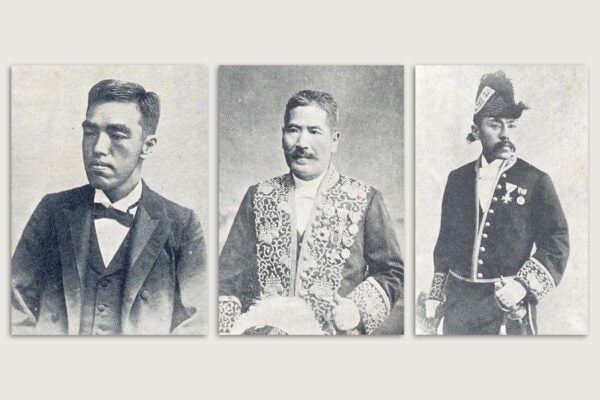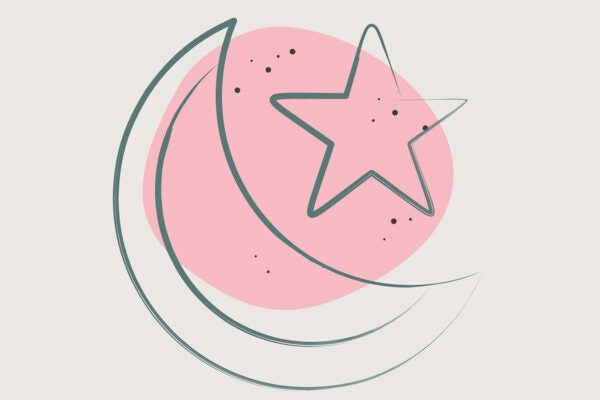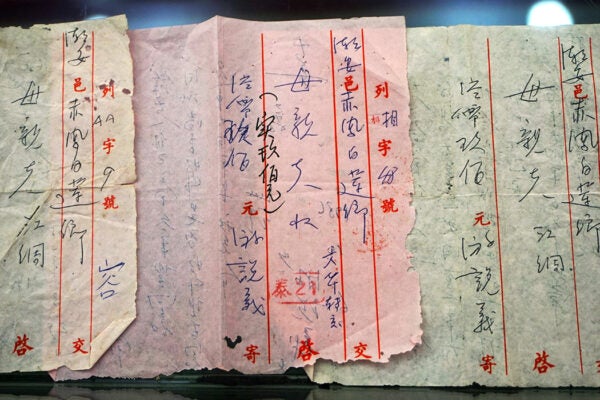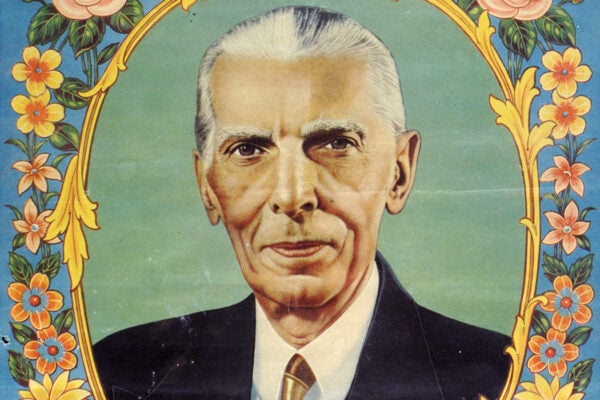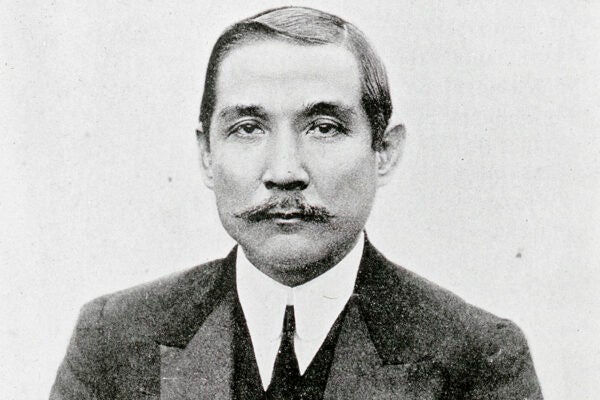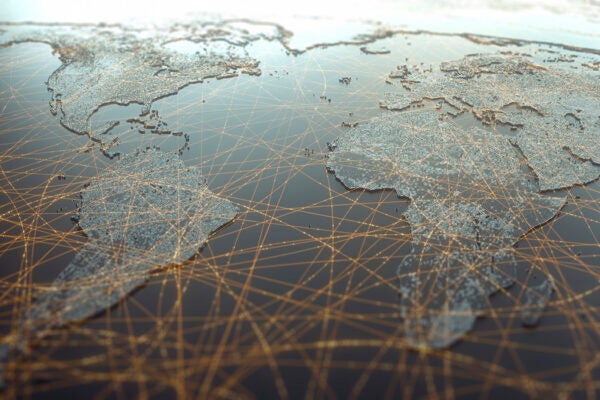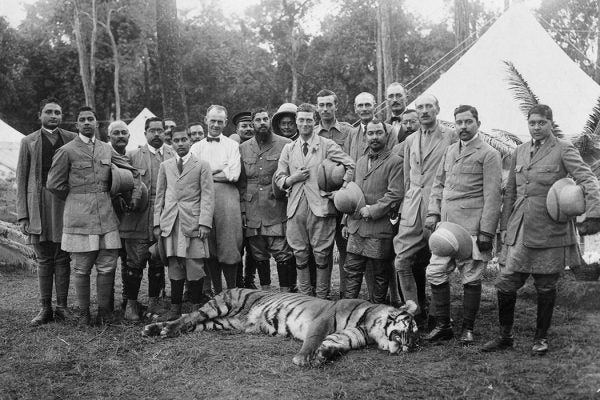Power Posing in the Taiwan Photo Studio
As photography became more popular in occupied Taiwan, the camera subtly captured the shifting boundaries between Japanese colonizers and their Taiwanese subjects.
The Rewards and Risks of Islamic Finance
The principles of Islamic finance date to the seventh century. What do they have to offer to the contemporary global financial system?
Geishas for Enlightened Motherhood
In the Meiji period, geisha embraced the nation’s modernizing project, helping to improve education for women and promoting a western-style domestic ideal.
Going Postal at the Qiaopiju
The Chinese Qiaopiju, or “overseas letter offices,” lasted for a century, ending only when the foreign governments implemented anti-communist banking controls.
Pakistan’s Ambiguous Islamic Identity
Pragmatism, not faith, drove Muhammad Ali Jinnah to lead the call for the founding of the new Islamic state of Pakistan.
Remembering Sun Yat Sen Abroad
Museums around the world honor the history of the revolutionary, but as Singapore’s Sun Yat Sen Nanyang Memorial Hall shows, those memories aren’t easy to read.
Digital Ethnography: An Introduction to Theory and Practice
The rise of the internet age and digital spaces has created a whole new world for ethnographic investigation.
Honey Cocaine’s Unexpected Cambodian Canadian Life Story
The Toronto rapper embraces a patois-inflected “bad gal” image to tell a deeply personal story about historical violence.
Mao Zedong: Reader, Librarian, Revolutionary?
Before becoming leader of communist China, Mao was an ardent library patron and then worked as a library assistant.
The Prince of Wales’ 1921 Trip to India Was a Royal Disaster
Prince Edward's visit began the end of the monarchy’s influence in India.
